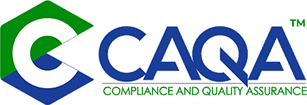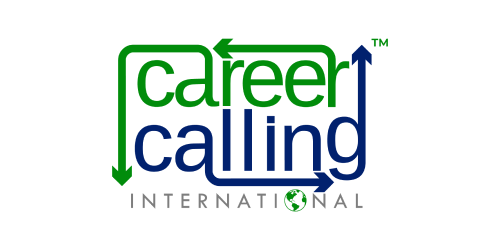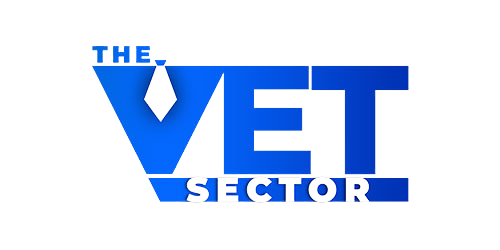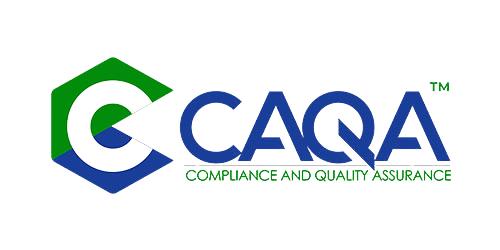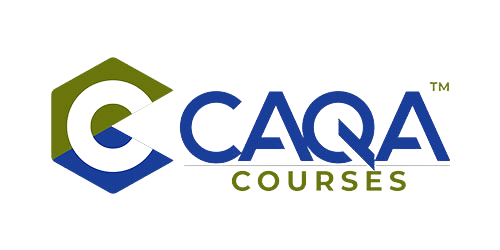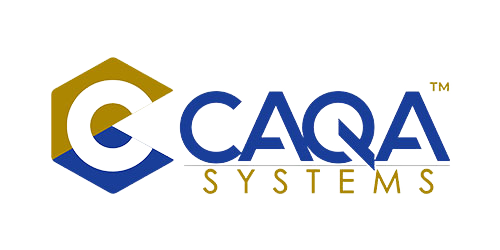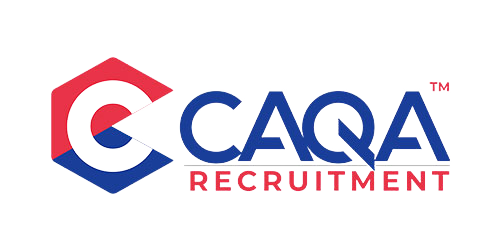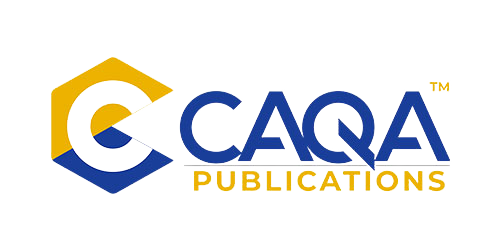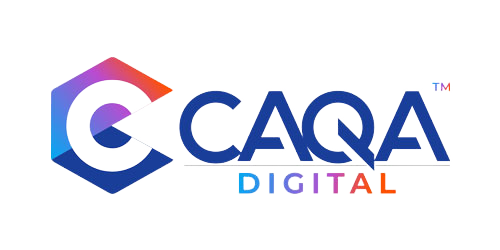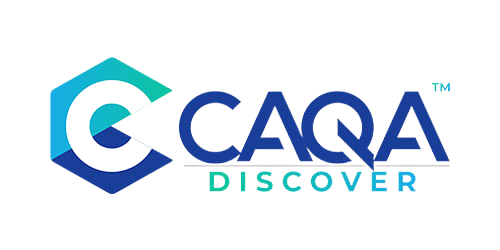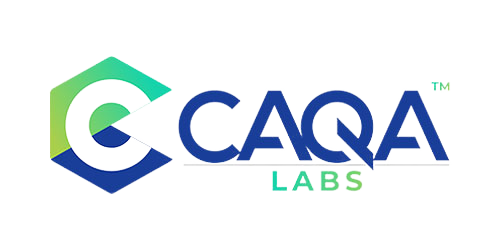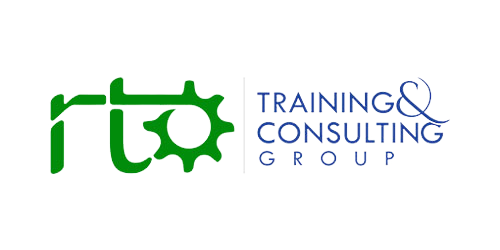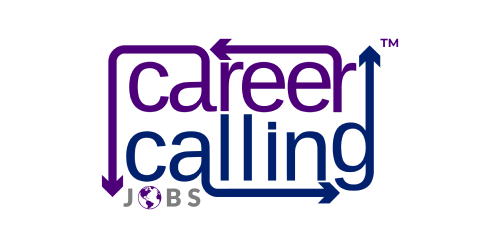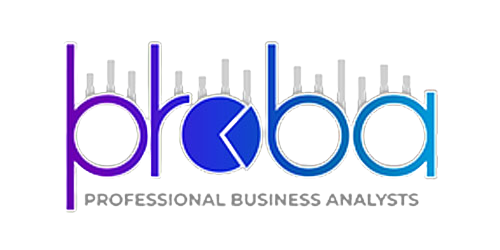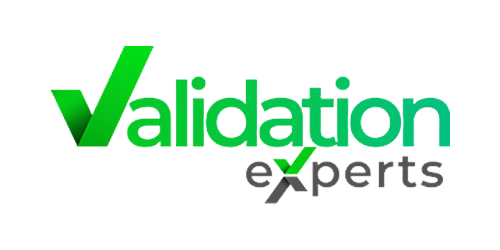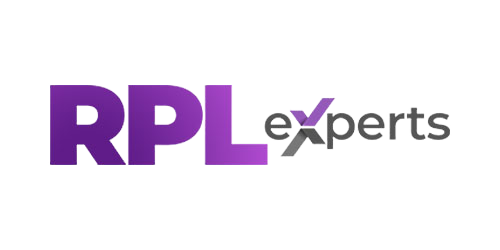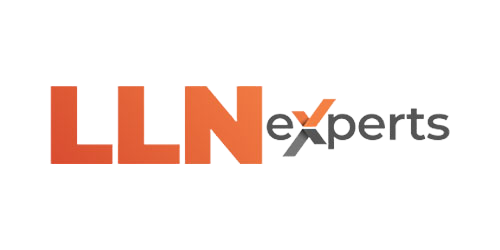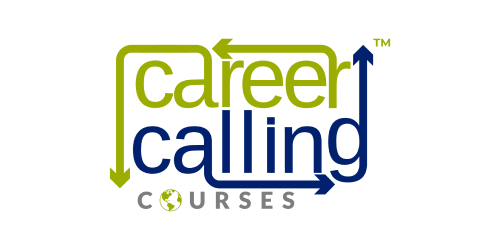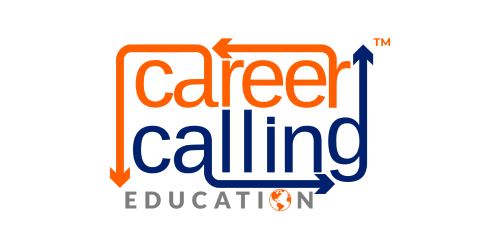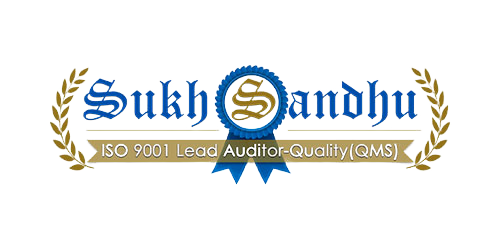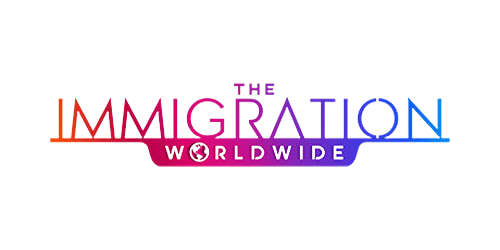In the ever-evolving landscape of Vocational Education and Training (VET), effective governance stands as the cornerstone of quality service delivery. As regulatory bodies like the Australian Skills Quality Authority (ASQA), Victorian Registration and Qualifications Authority (VRQA), and Training Accreditation Council (TAC) continue to strengthen quality frameworks, registered training organisations (RTOs) must establish robust governance systems that not only meet compliance requirements but also foster a culture of continuous improvement. This article explores how strong governance underpins the integrity of VET delivery and provides practical insights for implementing effective oversight mechanisms.
The Foundation of Quality: Understanding Governance in VET
Governance in the VET sector encompasses the systems, processes, and relationships that direct and control an organisation. More than mere compliance with regulations, effective governance provides the framework through which RTOs establish their strategic direction, monitor performance, and demonstrate accountability to stakeholders. At its core, good governance reflects an organisation's commitment to ethical practices, transparency, and the delivery of quality training outcomes.
The contemporary VET landscape demands a governance approach that balances regulatory compliance with innovation and responsiveness to industry needs. As ASQA, VRQA, and TAC continue to refine their regulatory frameworks, RTOs must adapt their governance structures to meet these evolving requirements while maintaining focus on their primary mission: delivering high-quality training that meets the needs of learners and industry.
Regulatory bodies recognise that strong governance is a predictor of quality training delivery. When RTOs demonstrate sound governance practices, they build trust with regulators, students, employers, and the broader community. This trust is essential for the sustainability and reputation of both individual providers and the VET sector as a whole.
|
Picture this: It's a crisp autumn morning in Melbourne, and Sarah, the newly appointed CEO of a local RTO, is sipping her coffee while pondering the challenges ahead. She knows that in the ever-evolving world of Vocational Education and Training, success isn't just about delivering courses – it's about mastering the art of governance. As Sarah gazes out her office window, she imagines the RTO as a ship navigating through choppy waters. Governance, she realises, is the sturdy rudder that keeps the vessel on course. It's not just a dry set of rules and regulations; it's the very backbone of the organisation, providing direction, stability, and purpose. She smiles, thinking how governance is like the invisible force that holds everything together, much like the plot in a well-crafted story. Our protagonist understands that good governance in the VET sector is akin to being the author of a bestselling novel. It requires creativity, foresight, and the ability to weave together various elements into a cohesive narrative. Sarah envisions herself as the lead writer, with her team as co-authors, each contributing to the unfolding story of their RTO's success. They're not just complying with regulations; they're crafting a tale of excellence, innovation, and responsiveness to industry needs. As the day unfolds, Sarah meets with her leadership team. She paints a vivid picture of how their governance approach should mirror a thrilling adventure novel, full of twists and turns, but always guided by a strong moral compass. She emphasises that their story must feature clear roles and responsibilities, much like well-defined characters in a book. Risk management becomes the exciting plot twists they must navigate, while continuous improvement is the character development that keeps their narrative fresh and engaging. The team brainstorms, feeling energised by this new perspective. They see themselves as the heroes in this governance saga, with ASQA, VRQA, and TAC as the wise mentors providing guidance along the way. Their mission? To deliver a blockbuster performance in quality training that captivates their audience – the students, employers, and the broader community. As the sun sets over Melbourne, Sarah reflects on the day's discussions. She realises that good governance isn't just about ticking boxes; it's about writing a success story that resonates with all stakeholders. It's the plot that builds trust, the character development that ensures adaptability, and the narrative arc that maintains the integrity of the entire VET sector. With a renewed sense of purpose, Sarah closes her notebook, ready to embark on this governance adventure. She knows that in the chapters ahead, there will be challenges to overcome and victories to celebrate. But with a strong governance framework as their guide, she's confident that their RTO will not just survive but thrive, leaving an indelible mark on the VET landscape. As she leaves the office, Sarah can't help but smile, excited to continue crafting this compelling governance story – one that will inspire and transform not just their RTO but the entire VET sector. |
Key Elements of Effective RTO Governance
Strategic Leadership and Clear Accountability
Effective governance begins with strong leadership. The governing body of an RTO, whether a board of directors, council, or executive team, must provide clear strategic direction that aligns with the organisation's purpose and values. This leadership team should possess the necessary skills, knowledge, and experience to guide the organisation through challenges and opportunities.
Clear lines of accountability are essential within the governance structure. Each role within the organisation should have well-defined responsibilities, with transparent reporting relationships that ensure issues can be escalated appropriately. This clarity extends to decision-making processes, which should be documented and understood throughout the organisation.
The Chief Executive Officer (CEO) or equivalent plays a pivotal role in connecting governance and operational activities. As the link between the governing body and staff, this position ensures that strategic decisions translate into effective actions. Regular reporting to the governing body on key performance indicators, compliance matters, and quality outcomes supports informed decision-making at all levels.
Comprehensive Risk Management
Risk management represents a critical component of RTO governance. Effective RTOs implement systematic approaches to identify, assess, and mitigate risks that could impact students, staff, or the organisation itself. This involves regular risk assessments that consider operational, financial, reputational, and compliance dimensions.
ASQA, VRQA, and TAC all emphasise the importance of proactive risk management in their regulatory approaches. RTOs that can demonstrate sophisticated risk management practices often experience more streamlined regulatory interactions, as regulators gain confidence in the organisation's ability to self-regulate effectively.
Comprehensive risk management extends beyond compliance risks to encompass all aspects of operations. Financial sustainability, workforce planning, technological changes, and industry developments all represent potential risk areas that require monitoring and management. By addressing these risks systematically, RTOs can protect their core business while continuing to innovate and improve.
Data-Driven Continuous Improvement
The most effective governance systems incorporate robust mechanisms for continuous improvement. This requires systematic collection and analysis of data from multiple sources, including student feedback, assessment outcomes, industry consultations, and internal audits. When this data is regularly reviewed at the governance level, it enables informed decision-making about quality enhancements.
Continuous improvement represents more than an operational activity; it reflects a cultural commitment that should be embedded in governance practices. Board or executive meetings should regularly include agenda items focused on quality improvements, with clear processes for monitoring the implementation and impact of improvement initiatives.
The regulatory bodies overseeing VET in Australia—ASQA, VRQA, and TAC—have increasingly emphasised the importance of self-assessment and continuous improvement as indicators of provider maturity. RTOs that can demonstrate evidence-based improvement cycles position themselves favorably in the eyes of regulators and stakeholders.
Regulatory Expectations: ASQA, VRQA, and TAC Perspectives
ASQA's Approach to Governance
As the national regulator for the VET sector, ASQA has placed increasing emphasis on governance as a determinant of provider quality. Through its regulatory approach, ASQA seeks evidence that RTOs have established governance arrangements that support compliance with the Standards for RTOs 2015 and drive quality training outcomes.
ASQA's risk-based approach to regulation means that providers with demonstrated strong governance often experience less regulatory intervention. The regulator recognises that when governance systems effectively manage compliance and quality, the need for external oversight diminishes. This creates a powerful incentive for RTOs to invest in governance capabilities.
In particular, ASQA examines how RTOs implement systematic monitoring and evaluation processes to support continuous improvement. This includes reviewing how performance data influences strategic and operational decision-making, and how the organisation responds to identified issues or opportunities for enhancement.
VRQA's Governance Requirements
For RTOs operating within Victoria's jurisdiction, the VRQA establishes specific governance expectations through its Guidelines for VET Providers. These guidelines emphasise the importance of financial management, ethical conduct, and clear accountability structures as foundations for quality training delivery.
The VRQA requires RTOs to maintain systematic approaches to identifying and managing risk, with particular focus on protecting student interests. This includes ensuring that governance arrangements support compliance with not only the Standards for RTOs 2015 but also Victoria-specific requirements related to training delivery and consumer protection.
The VRQA also places significant emphasis on the fit and proper person requirements for key personnel within RTOs. This recognises that the integrity and capability of individuals in governance roles directly influence an organisation's capacity to deliver quality training consistently.
TAC's Governance Focus
In Western Australia, the Training Accreditation Council (TAC) approaches governance through the lens of the Financial Management and Governance Standards. These standards require RTOs to implement systems that ensure financial viability, ethical conduct, and accountable decision-making.
TAC emphasises the importance of governing bodies understanding their responsibilities for quality assurance and continuous improvement. This includes ensuring that governance arrangements support compliance with the Standards for RTOs 2015 and state-specific requirements applicable to Western Australian providers.
Similar to other regulators, TAC examines how RTOs use performance information to drive improvements in training delivery. This involves reviewing the systems RTOs have established to collect, analyse, and act upon data related to student outcomes, stakeholder feedback, and compliance performance.
Implementing Effective Governance: Practical Approaches
Establishing Appropriate Governance Structures
The governance structure of an RTO should reflect its size, complexity, and operational context. While large RTOs may maintain formal boards with independent directors, smaller organisations might implement governance through executive committees or advisory groups. Regardless of structure, all RTOs should ensure their governance arrangements provide adequate oversight of compliance, quality, and risk.
Effective governance structures include clear terms of reference that outline responsibilities, meeting frequency, reporting requirements, and decision-making authorities. These documents should be regularly reviewed and updated to reflect changes in organisational needs or regulatory expectations.
Many successful RTOs establish specific governance committees focused on quality assurance and continuous improvement. These committees, which typically include representatives from teaching, administration, and management, provide dedicated forums for reviewing performance data and recommending improvement initiatives.
Developing Comprehensive Policy Frameworks
Sound governance requires comprehensive policy frameworks that guide organisational behaviour and decision-making. These frameworks should address all aspects of RTO operations, from training delivery and assessment through to financial management, staff development, and stakeholder engagement.
Policies should clearly articulate the organisation's expectations and provide guidance for staff in fulfilling their responsibilities. They should be accessible to all stakeholders, regularly reviewed, and updated to reflect changes in regulatory requirements or organisational practices.
Effective policy frameworks include clear processes for policy development, approval, implementation, and review. These processes should ensure that policies reflect both regulatory requirements and organisational values while remaining practical and applicable to day-to-day operations.
Implementing Systematic Monitoring and Evaluation
The cornerstone of effective governance is systematic monitoring and evaluation of organisational performance. This requires RTOs to establish comprehensive systems for collecting and analysing data related to all aspects of their operations, from student outcomes and satisfaction through to financial performance and compliance status.
Regular reporting to the governing body should provide clear, accurate information about key performance indicators, emerging risks, and improvement opportunities. This information enables informed decision-making about strategic priorities and resource allocation to support quality enhancement.
Many leading RTOs implement structured self-assessment processes that align with regulatory standards and quality frameworks. These processes, conducted annually or more frequently, provide opportunities to identify strengths, weaknesses, and improvement opportunities across all aspects of operations.
Fostering a Culture of Continuous Improvement
Perhaps the most important aspect of effective governance is establishing a culture that values continuous improvement. This culture begins at the governance level, with board members or executives demonstrating commitment to the ongoing enhancement of training quality and organisational performance.
Cultural change requires consistent messaging from leadership, backed by systems and processes that support improvement-focused behaviours. This includes celebrating successes, learning from failures, and providing resources for improvement initiatives identified through monitoring and evaluation activities.
Effective RTOs integrate continuous improvement into their governance cycles, ensuring that identified opportunities are translated into action plans with clear responsibilities, timeframes, and performance measures. Regular monitoring of implementation progress ensures that improvement initiatives deliver intended outcomes.
Challenges and Solutions in RTO Governance
Balancing Compliance and Innovation
One of the significant challenges facing RTO governance is balancing regulatory compliance with educational innovation. While compliance provides essential safeguards for students and the sector, excessive focus on regulatory requirements can stifle creativity and responsiveness to evolving industry needs.
Effective governance addresses this challenge by establishing clear risk parameters within which innovation can occur. By identifying areas where experimentation presents low regulatory risk, RTOs can create space for educational innovation while maintaining robust compliance safeguards in higher-risk domains.
Some leading RTOs establish innovation committees or working groups that operate alongside compliance-focused governance structures. These groups identify opportunities for educational enhancement and develop pilots or trials that can be evaluated before broader implementation.
Managing Resource Constraints
Resource limitations represent another common challenge for RTO governance, particularly for smaller providers. Establishing comprehensive governance systems requires investment in people, processes, and technology, which must be balanced against operational needs and financial sustainability.
Successful RTOs address this challenge through prioritisation and phased implementation of governance enhancements. By identifying critical governance gaps and addressing these systematically over time, organisations can build capacity incrementally while managing resource implications.
Collaboration also offers potential solutions to resource constraints. By sharing governance resources and expertise through industry associations or provider networks, RTOs can access capabilities that might otherwise be beyond their individual reach.
Adapting to Regulatory Change
The regulatory environment for VET continues to evolve, with ASQA, VRQA, and TAC regularly refining their approaches in response to sector developments and government priorities. This creates challenges for RTO governance, which must remain responsive to changing expectations while maintaining operational stability.
Effective governance addresses this challenge through systematic environmental scanning and regulatory engagement. By maintaining awareness of emerging regulatory directions and participating in consultation processes, RTOs can anticipate changes and adapt governance systems proactively.
Many successful providers develop modular governance frameworks that can accommodate regulatory changes without wholesale restructuring. This involves identifying core governance principles that remain constant, while building flexibility into specific processes and systems that may require adjustment as regulatory expectations evolve.
Case Studies: Governance Excellence in Practice
Case Study 1: Metropolitan TAFE Institutes
Large public providers like metropolitan TAFE institutes often demonstrate sophisticated governance approaches that balance multiple stakeholder interests. These organisations typically maintain formal board structures with diverse representation, including industry experts, education specialists, and community representatives.
These governance structures support quality through dedicated sub-committees focused on educational quality, audit and risk, and industry engagement. Comprehensive reporting frameworks provide board members with rich performance data, enabling informed oversight of quality and compliance matters.
The scale of these organisations enables investment in specialised governance capabilities, including dedicated compliance teams, quality managers, and data analysts who support evidence-based decision-making. While smaller RTOs may not replicate this scale, the principles of diverse expertise, structured oversight, and data-driven decision-making remain transferable.
Case Study 2: Industry-Specific RTOs
RTOs established by industry associations often demonstrate excellent governance through close alignment between training delivery and industry needs. These organisations typically maintain governance structures that include significant industry representation, ensuring training remains relevant to workplace requirements.
These providers often excel in risk management through a deep understanding of industry-specific challenges and opportunities. Their governance arrangements prioritise industry currency and quality outcomes, with compliance viewed as a foundation rather than an end in itself.
While industry-specific RTOs may face challenges in adapting to broader regulatory changes, their close connection to industry stakeholders provides valuable insights that inform governance decisions and quality improvement initiatives.
Case Study 3: Small Independent RTOs
Some small independent RTOs demonstrate that effective governance doesn't require large, complex structures. These organisations often implement governance through executive teams or advisory committees that combine educational, industry, and compliance expertise.
These providers typically excel in agility, with streamlined decision-making processes that enable rapid responses to identified issues or opportunities. Their governance arrangements often emphasise close engagement with students and employers, providing rich feedback that informs continuous improvement.
While resource constraints may limit formal governance capabilities, successful small RTOs address this through external partnerships, shared resources, and focused governance activities that target areas of greatest risk or opportunity.
The Future of Governance in VET
Evolving Regulatory Expectations
The regulatory approach to VET governance continues to evolve, with ASQA, VRQA, and TAC all moving toward more sophisticated models that recognise provider maturity and risk profiles. These approaches increasingly emphasise self-assessment and continuous improvement as indicators of provider quality.
Future regulatory directions likely include greater emphasis on student outcomes and industry relevance as measures of governance effectiveness. RTOs that establish governance systems capable of demonstrating these impacts will be well-positioned to thrive in this evolving regulatory environment.
The trend toward risk-based regulation also suggests increasing differentiation in regulatory oversight based on governance maturity. Providers that demonstrate sophisticated governance arrangements may experience reduced regulatory intervention, creating incentives for continued investment in governance capabilities.
Technological Enablers
Emerging technologies are transforming possibilities for RTO governance, with data analytics, artificial intelligence, and automation creating new opportunities for monitoring and evaluation. These technologies enable more comprehensive analysis of performance data, identifying patterns and trends that might otherwise remain hidden.
Digital platforms increasingly support governance activities through automated reporting, compliance monitoring, and workflow management. These tools can reduce administrative burdens associated with governance while improving the timeliness and accuracy of information available to decision-makers.
Forward-thinking RTOs are exploring how these technologies can enhance governance effectiveness without depersonalising the educational experience. The challenge lies in balancing technological capabilities with human judgment and educational values that remain central to quality training delivery.
Industry and Community Engagement
The future of VET governance includes increasing emphasis on stakeholder engagement as both an input to and outcome of effective governance. RTOs that establish governance mechanisms that actively incorporate industry and community perspectives position themselves to deliver more relevant, impactful training.
Emerging models include industry advisory boards with substantial influence over training design and delivery, community consultation processes that inform strategic planning, and student representation in governance structures. These approaches recognise that quality training emerges from collaborative engagement rather than isolated compliance activities.
Leading RTOs are exploring how governance can more effectively bridge organisational boundaries, creating collaborative networks that address complex workforce development challenges. These networks may ultimately reshape traditional governance approaches, creating more distributed, collaborative models of quality assurance and improvement.
The Imperative of Governance Excellence
In an increasingly complex VET environment, governance excellence represents both a regulatory requirement and a strategic imperative. RTOs that establish effective governance systems position themselves to deliver consistently high-quality training outcomes while navigating regulatory, technological, and industry changes with confidence.
Regulatory bodies, including ASQA, VRQA, and TAC, recognise the fundamental importance of governance in determining provider quality. Their evolving approaches emphasise the responsibility of RTOs to establish governance arrangements that ensure accountability, manage risk, and drive continuous improvement.
For RTOs seeking to enhance their governance capabilities, the journey begins with an honest self-assessment of current arrangements against regulatory expectations and sector best practices. This assessment provides the foundation for targeted improvements that strengthen governance while recognising organisational context and resource limitations.
Ultimately, effective governance serves multiple purposes: it ensures regulatory compliance, supports educational quality, manages organisational risks, and builds stakeholder confidence. By investing in governance capabilities, RTOs contribute not only to their own sustainability but also to the integrity and reputation of Australia's VET sector as a whole.
The path to governance excellence is continuous rather than finite. Even the most mature RTOs must regularly review and refine their governance arrangements to address emerging challenges and opportunities. In this ongoing journey, a commitment to transparency, accountability, and improvement remains the north star that guides governance development and implementation.
